Did You Know Hay is Missing Key Nutrients?
December 4, 2017 Comments Off on Did You Know Hay is Missing Key Nutrients?
Vitamins A, D, E, and K. Vitamin A (as beta carotene) along with vitamin E quickly become oxidized (destroyed) shortly after cutting due to exposure to heat, air, light, and moisture.
Continue reading …Feeding Flaxseeds – Do You Have All the Facts?
December 2, 2017 Comments Off on Feeding Flaxseeds – Do You Have All the Facts?
Flaxseeds are low in sugar and starch (2.6%), making them safe for horses with insulin resistance, PPID (Cushing’s), and PSSM. They are high in fiber (47%) with a large amount of pectin and mucilage.[vi] These water-soluble fibers create a soothing gel inside the digestive tract.
Continue reading …SmartPak Offers Tips to Help Older Horses Weather Winter Woes
December 1, 2017 Comments Off on SmartPak Offers Tips to Help Older Horses Weather Winter Woes
As with any horse, he should be eating 1-2% of his body weight in roughage every day. Keep in mind that horses burn more calories in the winter staying warm. Your horse’s body ferments roughage in the hindgut, which creates heat that helps keep him warm from the inside.
Continue reading …The Monthly Equine Wellness Calendar Every Horse Owner Needs
November 29, 2017 Comments Off on The Monthly Equine Wellness Calendar Every Horse Owner Needs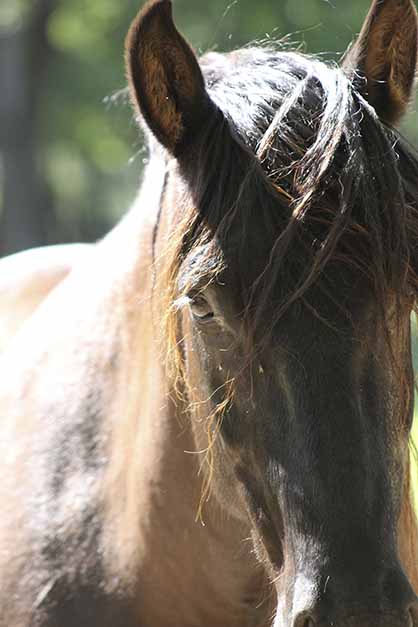
November-
– Deworm your horse in fall. The AAEP recommends tapeworm treatment once a year, in the late fall or early winter.
Managing Healthy Air Quality in the Closed Up Barn
November 22, 2017 Comments Off on Managing Healthy Air Quality in the Closed Up Barn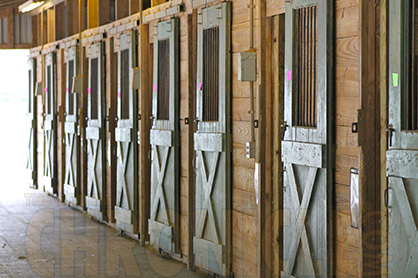
Fine particulate matter and fungal elements from stored hay and straw are a major source of respiratory irritation in barns with poor ventilation.
Continue reading …Is Your Horse in Your Will? Equine Estate Planning Guide
November 22, 2017 Comments Off on Is Your Horse in Your Will? Equine Estate Planning Guide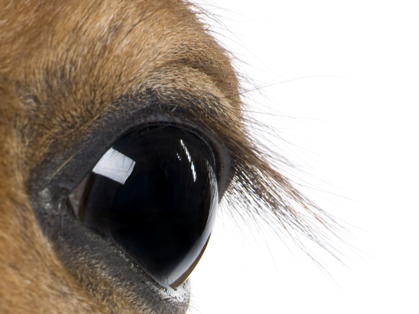
The Estate Planning Guide examines the differences between setting up a trust versus simply naming the horse in your will, the different types of trusts available, as well as other considerations to keep in mind such as registration papers and medical records for the horse, equipment, land, and your equine business.
Continue reading …Reminder: 6-Panel Genetic Health Test Required For All APHA Breeding Stallions
November 21, 2017 Comments Off on Reminder: 6-Panel Genetic Health Test Required For All APHA Breeding Stallions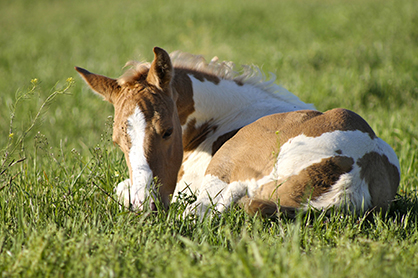
Breeding stallions must have their DNA genetic health panel results on file with APHA before the foals resulting from their 2018 breedings and beyond will be eligible for APHA registration, per the 2017 APHA Rule Book.
Continue reading …Rood & Riddle Wellington Performs Life Saving Surgery On Horse With 30 Pound Intestinal Mass
November 16, 2017 Comments Off on Rood & Riddle Wellington Performs Life Saving Surgery On Horse With 30 Pound Intestinal Mass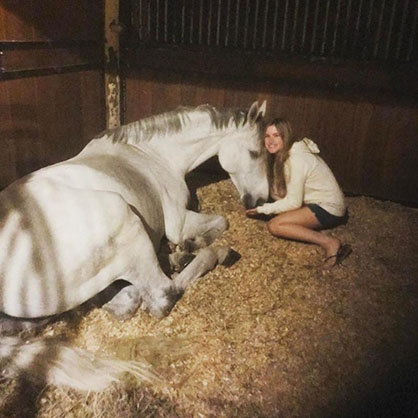
A mass, weighing nearly 30 pounds and larger in size than a basketball, was found attached to the base of the cecum. The mass was successfully removed and a drain placed for abdominal lavages.
Continue reading …Don’t Forget to Get That New Horse Show Puppy Vaccinated!
November 8, 2017 Comments Off on Don’t Forget to Get That New Horse Show Puppy Vaccinated!
“Canine parvo is a disease that we have really good vaccines for. Unfortunately, vaccination is not happening with the right puppies in the right place at the right time.”
Continue reading …Fall is a Crucial Time for Dental Check-ups, Especially for Senior Horses
November 7, 2017 Comments Off on Fall is a Crucial Time for Dental Check-ups, Especially for Senior Horses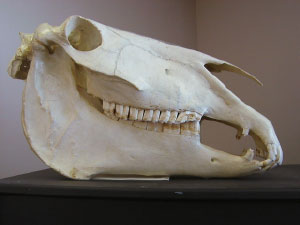
Because each set of premolars and molars erupts at a different age, they also expire at different ages. These can lead to gaps between teeth and teeth of varying heights (“wave mouth”) which causes abnormal chewing patterns and uneven wear on the teeth.
Continue reading …







